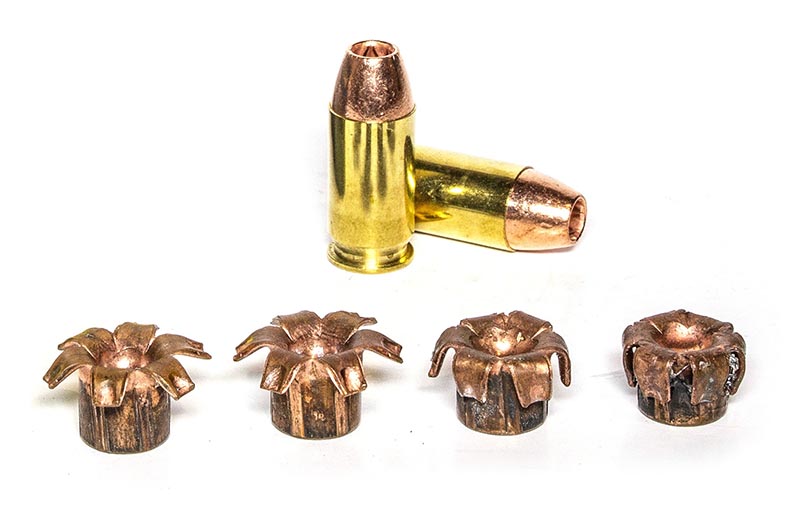Hollow point bullets are the most popular style of defensive handgun projectile, so here’s everything you need to know about them.
When it comes to carrying a concealed handgun for personal protection, there are many things that need to be considered. The ammunition you’ll carry in that handgun is critical because the bullet it fires is what you ultimately hope will stop the fight … or end whatever attack you’re experiencing.
There’s a lot of information available from manufacturers about the bullets they offer, and there’s a lot of information on the internet where users have tested them. However, for you to fully understand this information, you need a working knowledge of bullets. Understanding how they’re different and what makes them work is part of that, but so, too, is an understanding a bullet’s anatomy.
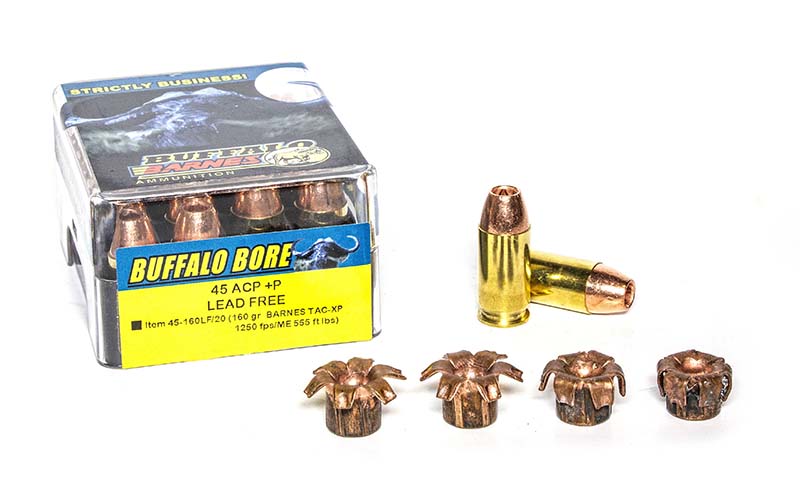
The Basics Of Hollow Point Bullets
Simplified, there two types of defensive handgun projectiles—jacketed and monometal—and both are generally hollow point bullets. A jacketed bullet will have a core that’s most commonly made up of lead or a lead alloy. The hardness of this core contributes to how the bullet reacts to impact and deforms. The same is true of the jacket, which is either made of copper or a copper alloy, such as gilding metal or cartridge brass.

Remington’s Golden Saber gullet uses cartridge brass as a bullet jacket. Just as with the core, the hardness and flexibility of this jacket—in conjunction with the hardness of the core—determines how a bullet will deform upon impact. With a monometal bullet, there’s no jacket or core: The bullet is homogeneous, meaning it’s made of a single material, which is of copper or a copper alloy.
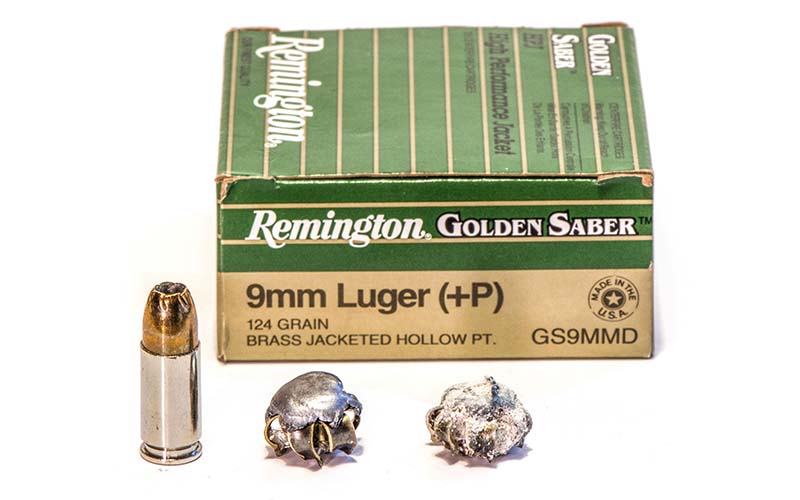
The jackets of defensive handgun bullets start out as a flat piece of material that’s then formed into a cup, with the open end of the cup at the most forward end of the bullet. However, some bullets are made with a reversed jacket, where the open end of the bullet is the bullet’s base.
The original Winchester SilverTip, Black Talon and Ranger SXT bullets were made in the reverse manner. However, in either case, once the cup is formed the core is inserted. With bullets that have the opening of the cup at the front, the jacket is rolled or folded into this opening as a hollow well—or a hollow point—is formed into the core. With a reverse jacket, a punch is inserted into the nose of the bullet to make this cavity.

The hollow cavity, or hollow point, is what works to make the bullet deform or expand in a predictable manner. As fluids or body tissues enter this cavity under pressure, the forces exceed that of what the jacket and core can withstand, and the bullet begins to peel back. For this to happen, the bullet must strike at a certain velocity, which will vary between bullet designs.
Sometimes, however, if the bullet must pass through some sort of intermediate barrier, such as clothing, wall board, glass or metal, the hollow point can fill with those materials. If those materials are compressed into the hollow opening of the bullet, it can fail to deform as designed because there’s not enough pressure exerted on the core and jacket.

Expansion Control Matters
The FBI places great importance on a bullet’s ability to pass through intermediate barriers and still deform as designed when it impacts soft body tissues. Because law enforcement needs tend to drive the development of defensive handgun bullets, manufacturers often build bullets that’ll perform the way the FBI likes them to.
So, to ensure controlled deformation, some other “things” are done to bullets, and one of those things is the skiving or perforation of the bullet’s jacket—and sometimes core—around the hollow point cavity. This skiving weakens the walls of the hollow cavity, but it does so in a very precise manner so that the jacket will begin to peel away from the core consistently.
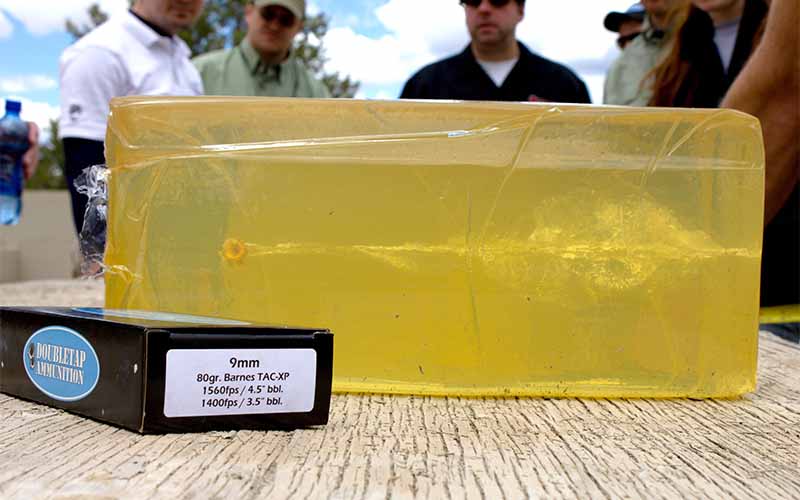
This skiving and perforation, along with the design and shape of the hollow point cavity, is very effective at bringing about controlled deformation. If you remember the Winchester Black Talon bullet, it had the skiving at the mouth of the bullet where the jacket was folded into the hollow point cavity. This caused the Talon bullet to upset with those nasty-looking and very sharp petals. But this skiving might not be enough, and manufacturers look at other methods to increase the likelihood that the bullet will upset.
For example, as with the Hornady Critical Defense and Critical Duty loads, they might insert a polymer tip inside the hollow point cavity. This prevents barrier material from entering and then negating the effectiveness of the hollow point. By inserting the polymer tip, manufacturers are essentially creating the force needed to deform the bullet without having to rely on fluids or soft body tissue to do that for them. They’re recognizing that something could enter the hollow point and negate bullet expansion, so they just circumvent that possibility by inserting something into the hollow point during manufacture that will promote bullet upset.

Monometal bullets work the same as jacketed bullets when it comes to bullet upset; fluid or soft body tissues must enter the hollow point cavity and force it to open. However, instead of skiving, with a monometal bullet the punch that creates the hollow point pre-stresses the bullet in a consistent manner. The primary advantage of monometal hollow point bullets is that they can be easily tuned to upset over a wide range of velocities.
It’s not uncommon for some jacketed bullets to arrive at the target traveling too slow and without enough energy to upset. This is most often due to the use of ammunition in short barrels that adversely affect velocity. A good example of this blindness to impact velocity is a Barnes XPB bullet like the 160-grain offering in .45-caliber. This bullet will deliver near ideal upset when impacting as slow as 800 fps and even faster than 1,200 fps.

Non-Negotiable
The reason we want a bullet to upset on impact it two-fold. First, as the frontal diameter of the bullet is increased due to deformation, its penetration potential is reduced. Without this expansion or deformation, most defensive handgun bullets would seriously over-penetrate. The second reason for this desired bullet upset is to increase the size of the hole the bullet makes, because the larger the hole, the more tissue that’s damaged. However, if the bullet upsets too much and the frontal diameter becomes too large, penetration will suffer.
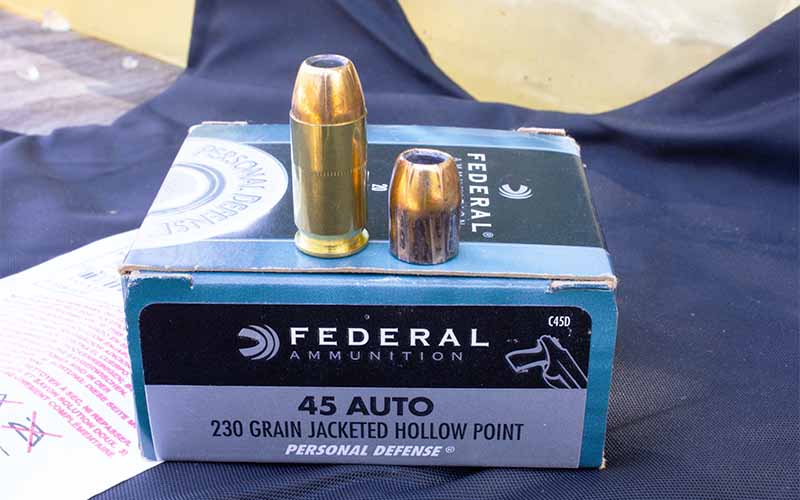
With most conventional defensive handgun cartridges—like the 9mm, .40 S&W and the .45 Auto—the ideal amount of bullet upset occurs when the bullet’s frontal diameter in increased from between 1.5 to 1.75 times its original diameter. When this happens with these cartridges, penetration usually ranges between about 12 and 18 inches. According to the FBI, this is looked upon as a best-case scenario.
Editor’s Note: This article originally appeared in the 2023 CCW special issue of Gun Digest the Magazine.
More On Defensive Handgun Ammo:
 NEXT STEP: Download Your Free Storm Tactical Printable Target Pack
NEXT STEP: Download Your Free Storm Tactical Printable Target Pack
62 Printable MOA Targets with DOT Drills – Rifle Range in YARDS This impressive target pack from our friends at Storm Tactical contains 62 printable targets for rifle and handgun range use. Target grids and bullseye sizes are in MOA. Ideal for long-range shooting!
Subscribe to the Gun Digest email newsletter and we’ll send your print-at-home target pack right away. Just enter your email address below.
